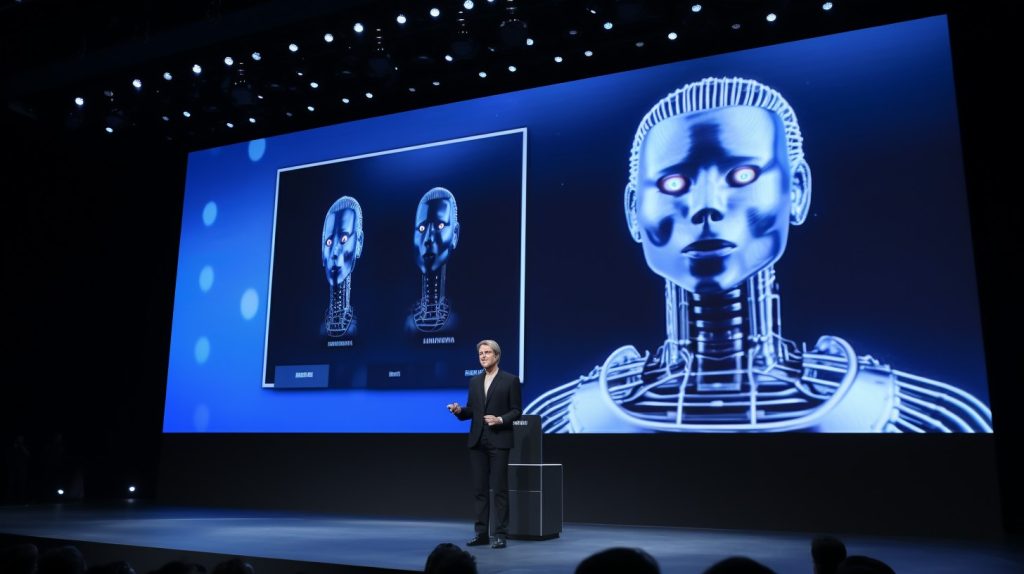
Today, Samsung, the prominent South Korean electronics company, marked its entry into the generative AI domain with the introduction of Gauss, a foundational model designed for local execution on smartphones, capable of generating text, code, and images.
Unveiling this innovation at its ongoing AI Forum in Suwon, Samsung elaborated on its ongoing internal testing of the Gauss model, named after the renowned German mathematician and physicist Carl Friedrich Gauss, whose contributions laid the groundwork for modern machine learning and AI through the development of normal distribution theory.
The company envisions the evolution of Gauss for use in various product applications, aiming to enhance user experiences. This strategic move aligns with the broader industry trend, where technology giants like Apple and Google are exploring on-device AI for diverse applications.
Samsung’s Gauss model will be released in three versions: Gauss Language, Gauss Code, and Gauss Image. The Gauss Language model will function similarly to Google Workspace’s generative AI, assisting in tasks such as email composition, document summarization, translation, and potentially enhancing device control.
Gauss Image, on the other hand, will specialize in handling photography tasks on devices, ranging from image generation and editing to adding enhancements and increasing resolutions, akin to integrating generative fill features directly within a smartphone’s editor.
When these capabilities become available to Samsung device users, Gauss Code will act as a software development assistant, aiding in quick code writing for teams. This includes supporting functions such as code description and test case generation through an interactive interface.
While the addition of generative AI to the Samsung ecosystem holds the promise of significant customer upgrades, the company has not provided a timeline for integration. Presently, Samsung is utilizing the model for internal employee productivity testing, with plans to extend its applications to various products in the near future. The potential inclusion of the model in Samsung’s flagship devices, possibly in 2024, aligns with Qualcomm’s next-gen chip launch, as Qualcomm supplies mobile SoCs to Samsung.
This move underscores the race among tech giants like Google and Apple to explore on-device AI capabilities. Google recently launched the Pixel 8 Pro with distilled versions of its text- and image-generating models, while Apple is actively hiring for generative AI roles and has introduced a voice cloning accessibility feature driven by AI.
The integration of dedicated hardware and AI models on devices is anticipated to yield superior results compared to cloud-based general-purpose models. According to Qualcomm’s senior VP of product management, Ziad Asghar, device-specific data access will lead to more personalized outcomes, a direction in which Samsung is actively progressing. Additionally, Samsung has established an AI Red Team to address security and privacy concerns associated with its AI vision, further demonstrating its commitment to responsible AI development. More details are expected to be shared by Samsung in the coming months.
